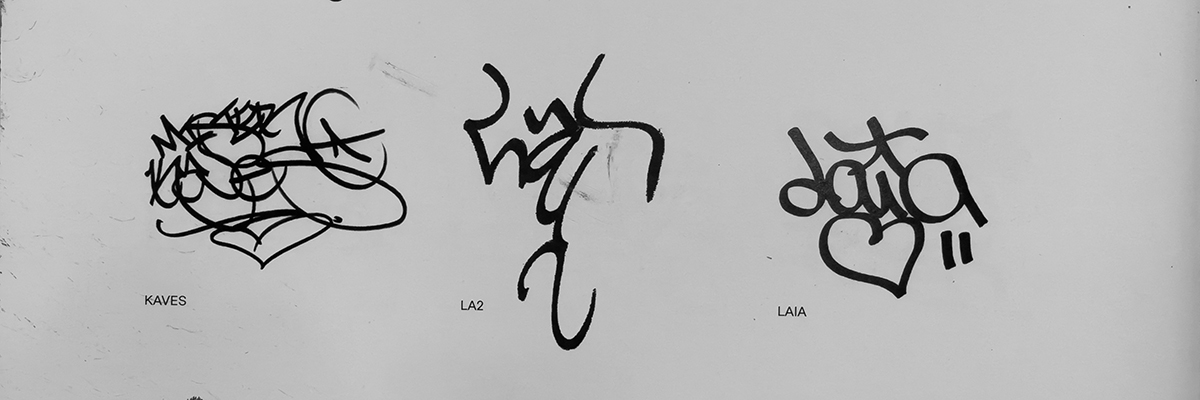Graffiti artists often dismiss histories or narratives not of their own making, including those from their peers. This subculture, which has continuously evolved across different cities, time zones, decades, and languages over the past 60 years, is so rich in stories and counterstories that it might take another 30 years for the aerosol to clear and reveal the origins of these tales comprehensively. One unwavering truth prevails: if you weren’t there, in the same city, during the same era, didn’t grow up immersed in that urban environment, and weren’t marking the same train lines or recognized by local crews, your credibility is questioned, and the original graffiti artists (OGs) might disregard your story.
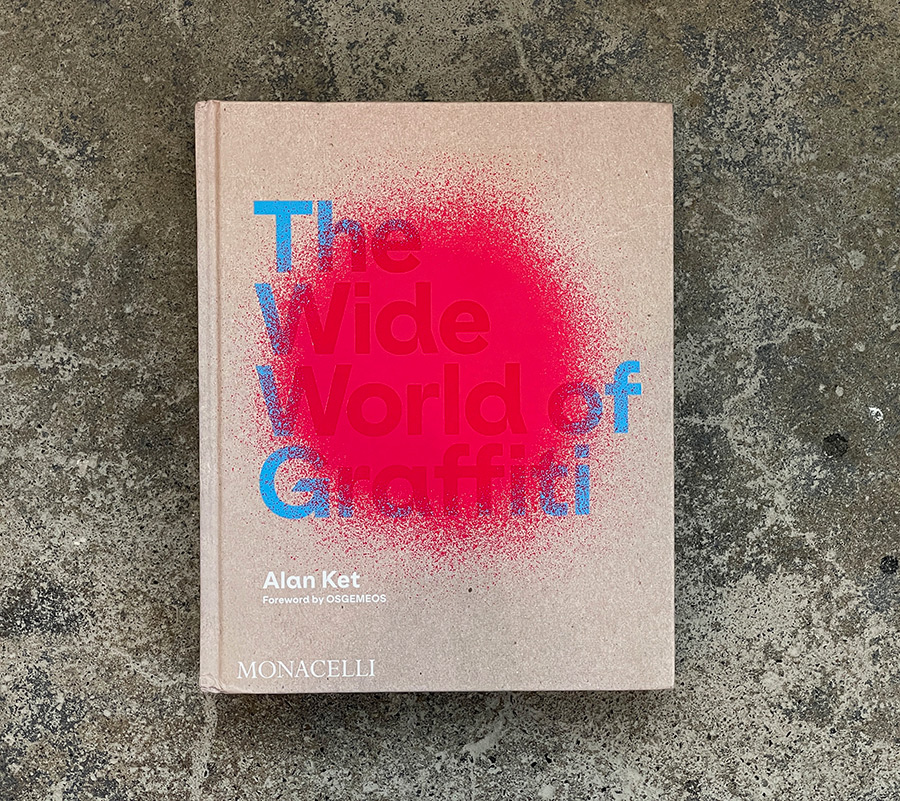
It’s meaningful when a book like “The Wide World of Graffiti” is authored by someone like Alan Ket, a native New Yorker from Williamsburg, Brooklyn, who has firsthand experience writing on city trains. As a self-proclaimed graffiti nerd, historian of the movement, and co-founder of the Miami-based Museum of Graffiti, Ket brings a unique blend of metaphorical depth and frank authenticity to his writing. He skillfully combines scholarly insight and sociological context in his narrative, spotlighting selected kings and queens of the streets to further illustrate in their words details of the scene’s evolution and his informed insights to provide context.
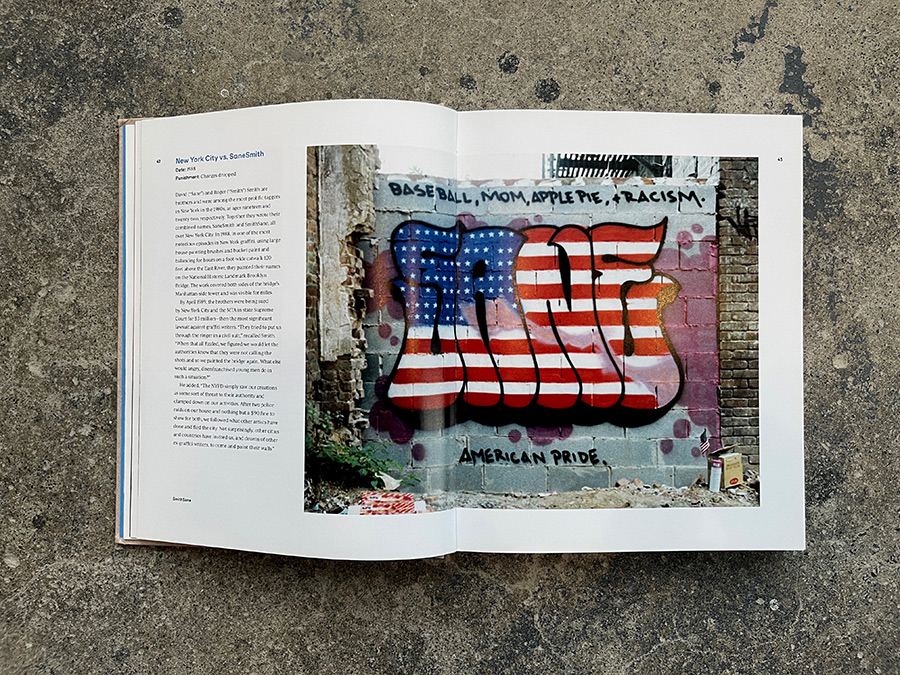
Ket’s narrative style, marked by its directness and subtle wit, weaves through a tumultuous and ever-changing graffiti landscape across decades and cities. He captures the art form’s evolution, acknowledging its virtuosos, acolytes, critics, observers, and new entrants. His account includes appreciation for various influences, direct and indirect, allowing each shift in graffiti’s style and color to add to the overall narrative’s vibrancy. Ket augments the text with a wealth of illustrative photographs, showcasing graffiti and its extended family in both street settings and galleries, offering a comprehensive and exhilarating journey through the graffiti world.
Featuring an introduction by the Brazilian graffiti brothers OSGEMEOS, along with engaging profiles and interviews with notable figures such as Sane from SaneSmith, Hotboy Hert, DESA, and Doze Green, Ket allows graffiti’s history to unfold naturally in its distinctive and sometimes idiosyncratic way, enlightening the reader by describing its pathways. He showcases the global surge of interest as expressed through contemporary styles. He gives a quick class on graffiti’s influence in various artistic mediums, including on canvas and in public murals. Ket presents key examples without reducing them to mere tokens, offering a platform for authentic voices like Rime, MadC, Nani Chacon, Saber, and Jan Kaláb to elucidate further. Despite their diverse styles, each artist is united by the important contributions of graffiti culture in their personal histories and their subsequent artistic practices.
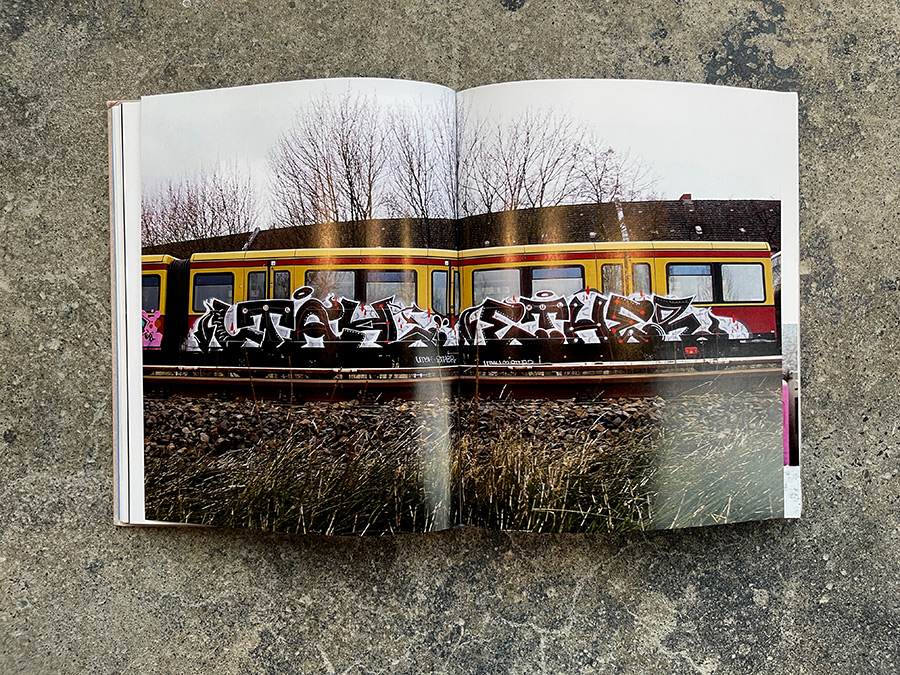
Ket’s holistic approach is inclusive and comprehensive, acknowledging related subcultures such as tattooing, skateboarding, and hip hop, while maintaining the focus on the writing culture that crafted a visual language for a youth movement that would eventually gain global prominence.
It’s his personal characterizations that ground the reader in the genuine beginnings of the movement in late 1960s/early 1970s Philadelphia and New York. “Week after week, more and more teenagers joined in, creating aliases and then going out and writing their names on the walls,” Ket recalls, depicting the grassroots creative spark that spread across streets and onto the sides of moving trains. Citing nearly 1,600 arrests of youth for vandalism in New York in 1972, Ket portrays an urban tableau rife with chaos, hunger, aspiration, beauty, and irony, remarking, “Little did they know that their mischievous actions were birthing what is arguably the world’s most popular art movement.”
In Ket’s capable hands, these stories are not only preserved but also eloquently conveyed.
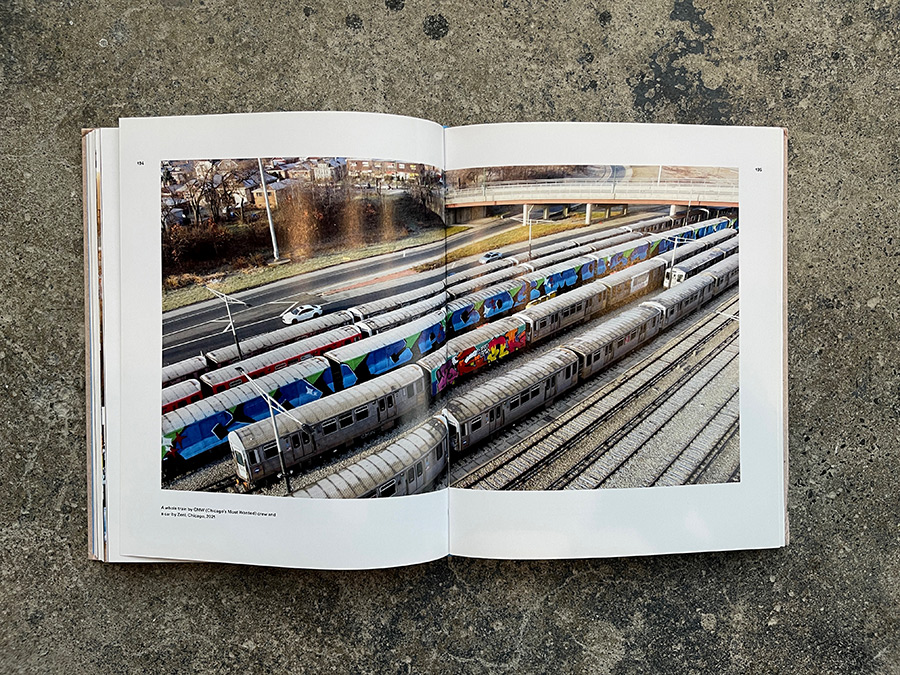
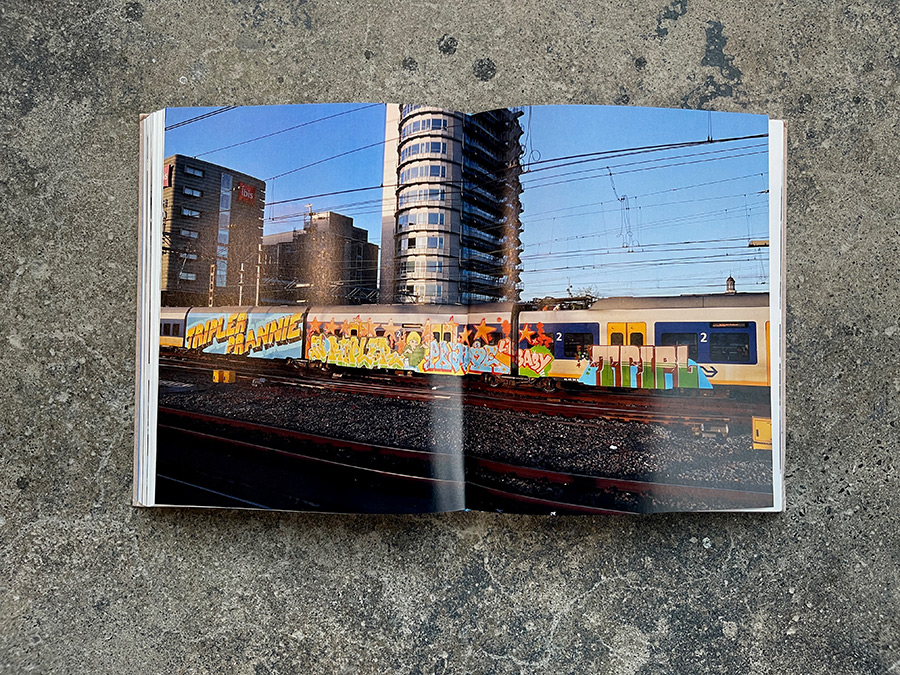
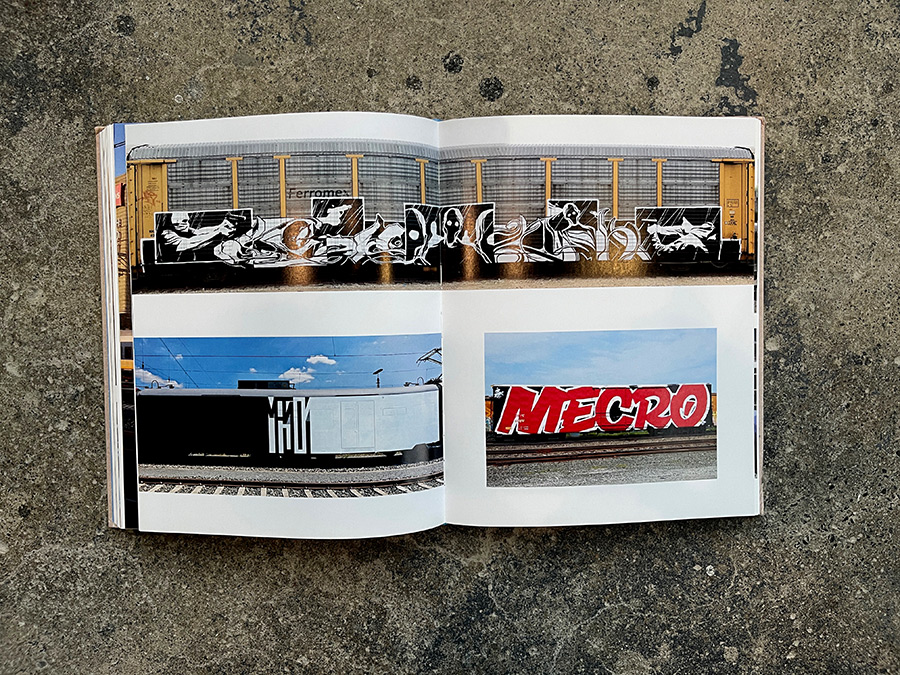
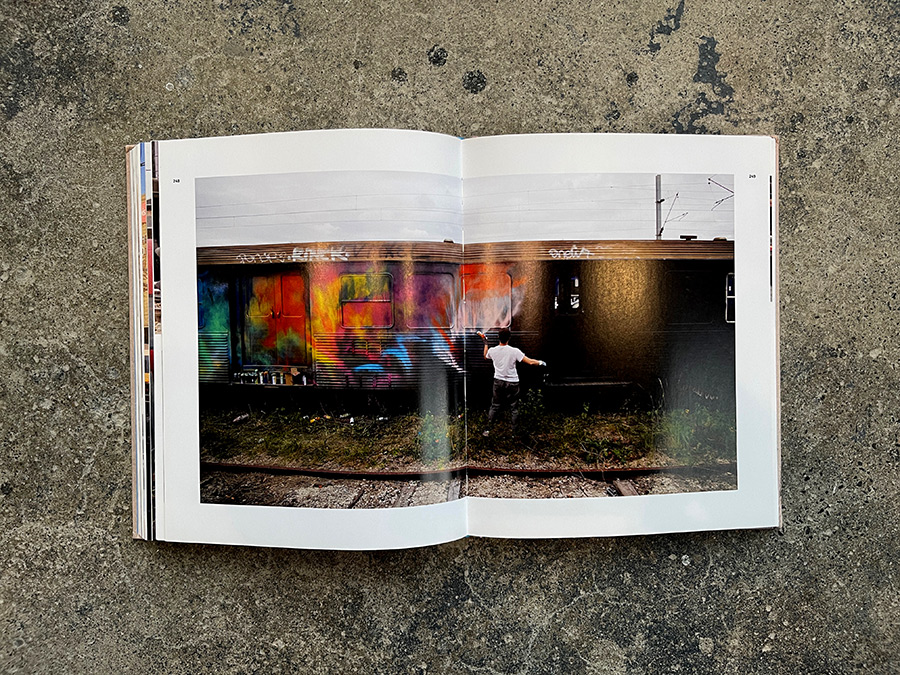
Alan Ket: The Wide World of Graffiti. Monacelli Press / Phaidon. New York, NY.
The Wide World of Graffiti can be purchased directly from the gift shop at the Museum of Graffiti HERE
Other Articles You May Like from BSA:
There has been some excited talk in the last couple of weeks here about the announcement of a new urban art museum in New Jersey associated with Mana Contemporary – some even saying that it is the fir...
A roundup today for the Nuart street art/ mural festival in Norway with images of the final walls by this years artists. Now celebrating its 15th year, the mid-sized fjord-facing city of Stavanger has...
Our weekly focus on the moving image and art in the streets. And other oddities. Now screening : 1. Borondo - Mites Terram Possident 2. OS Gemeos: Artists in Residence 3. JR x Time: Guns in Am...
As the U.S. reflects on the legacy of Dr. Martin Luther King Jr. today we also acknowledge that his work, and our work, is not done. This past year has brought more people into the streets to demonst...
Our weekly focus on the moving image and art in the streets. And other oddities. Now screening : 1. A Series of TEMPERAMENTS / GONZALO BORONDO BSA Special Feature: A Series of Temperam...
 BROOKLYN STREET ART LOVES YOU MORE EVERY DAY
BROOKLYN STREET ART LOVES YOU MORE EVERY DAY